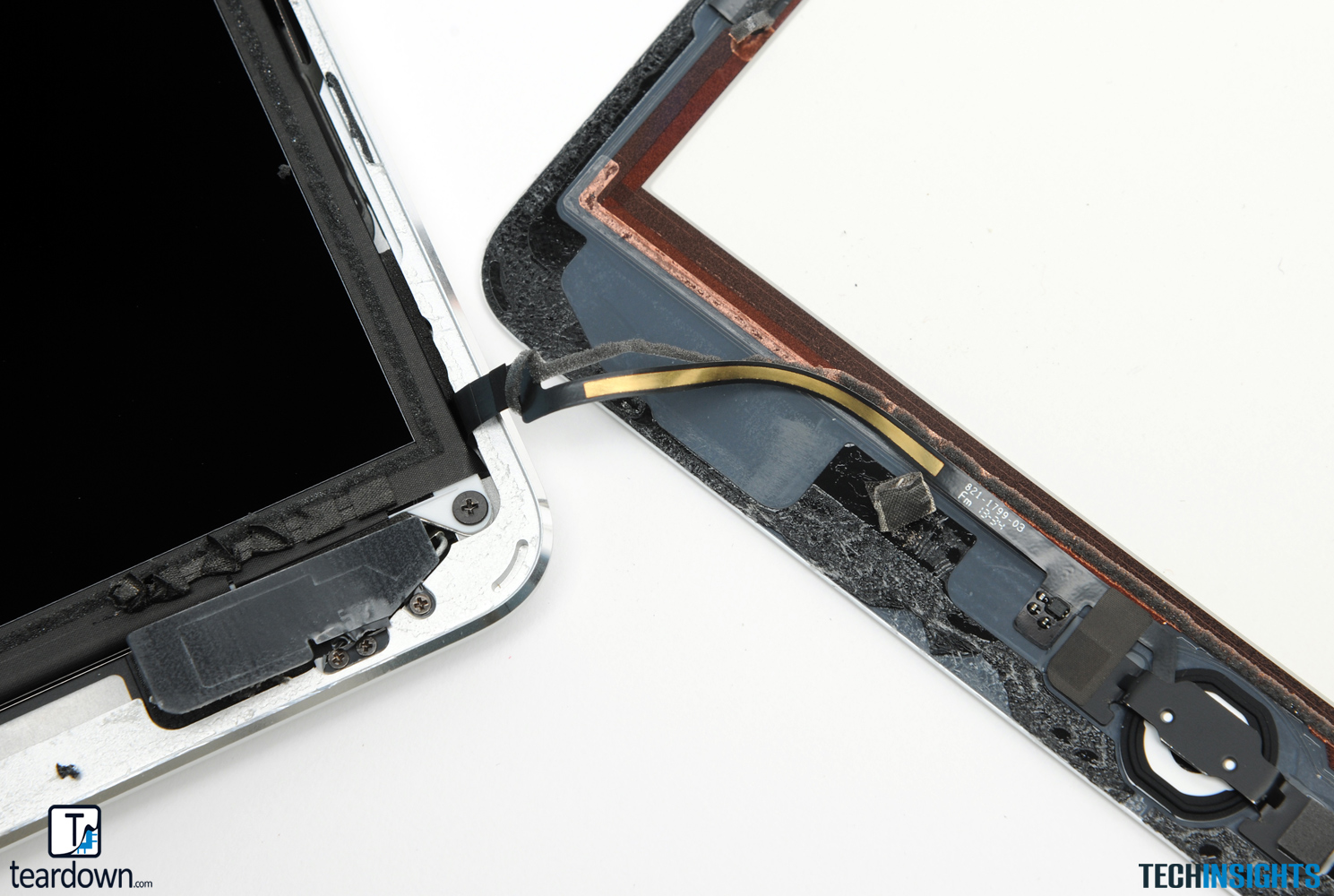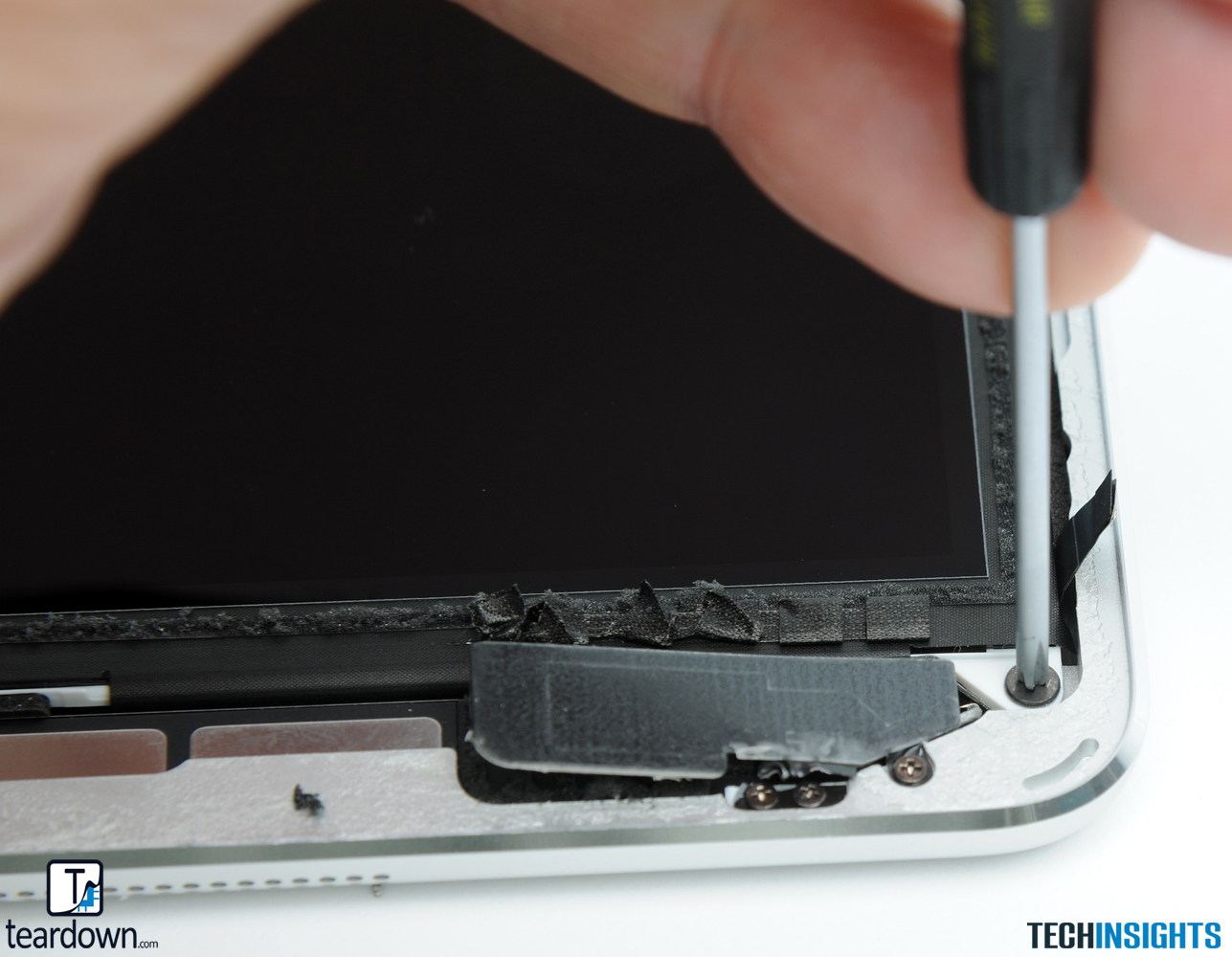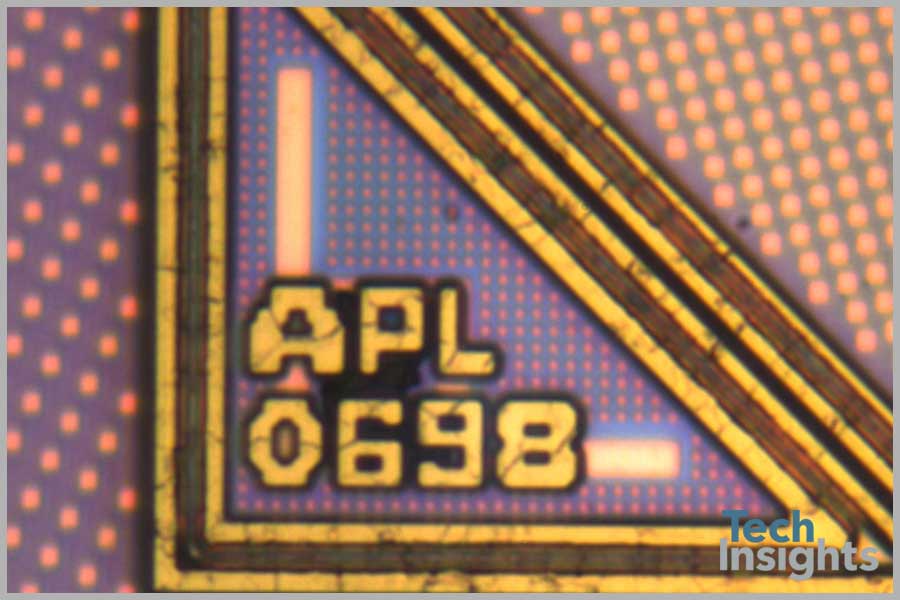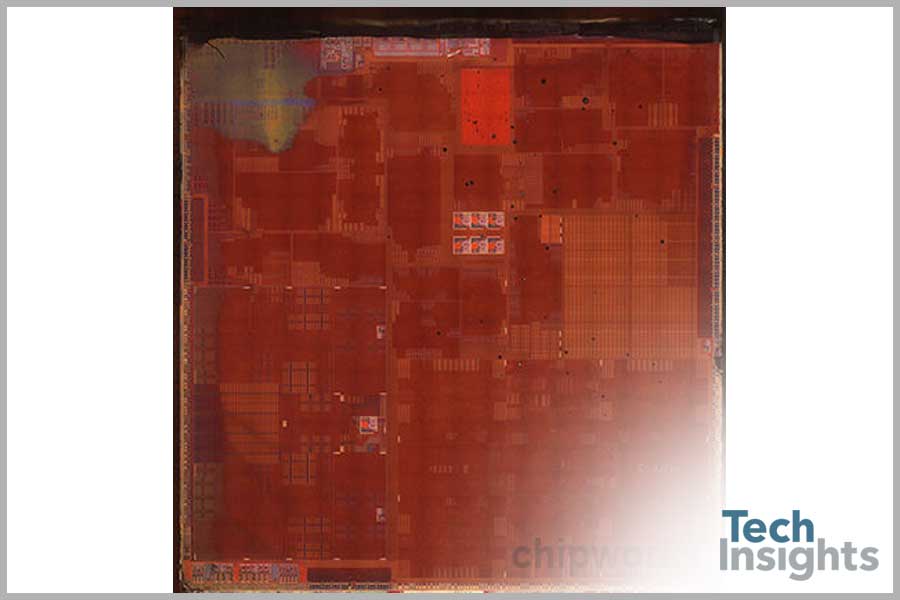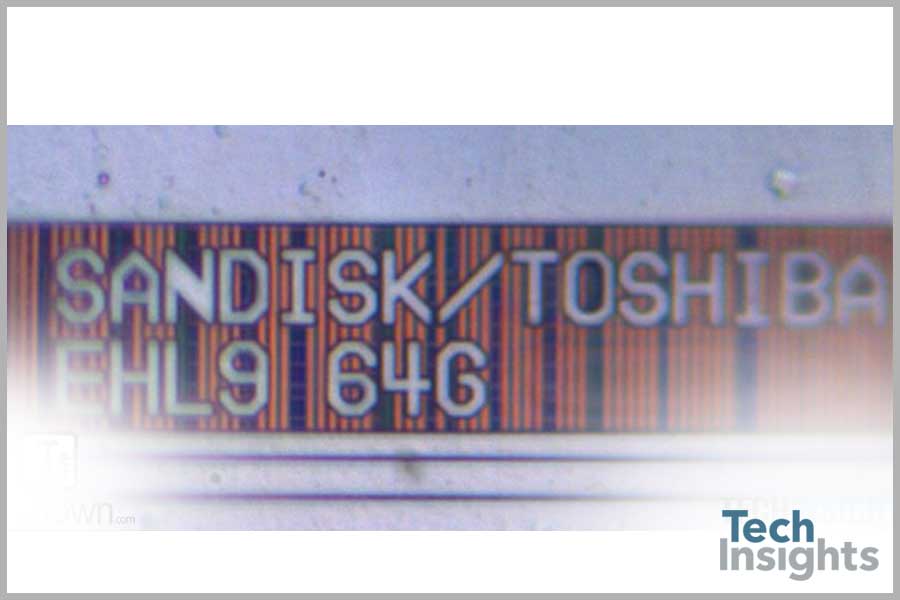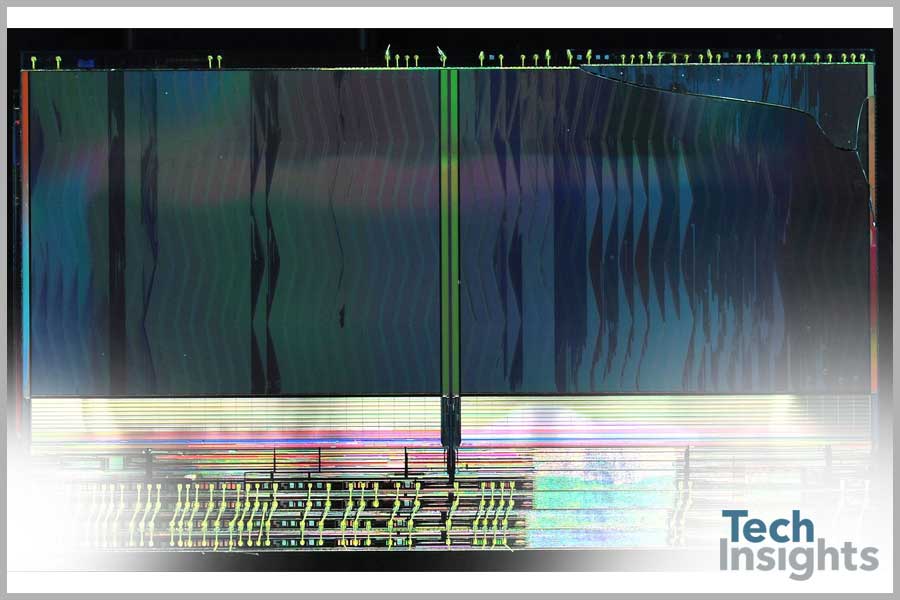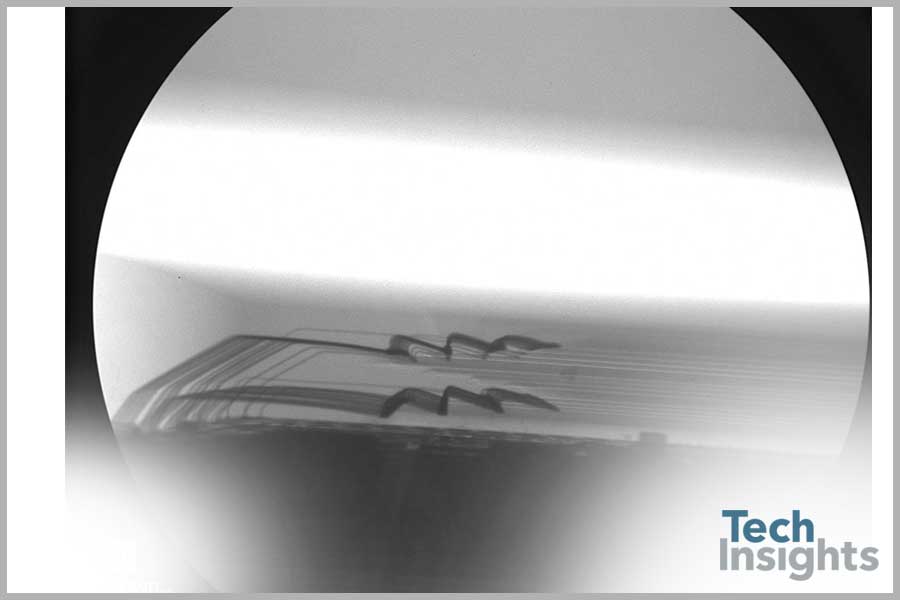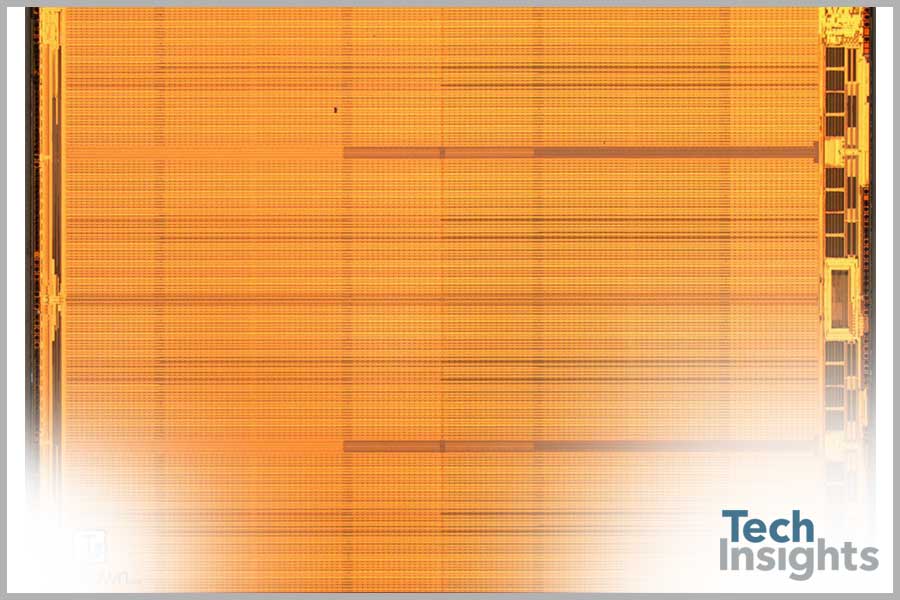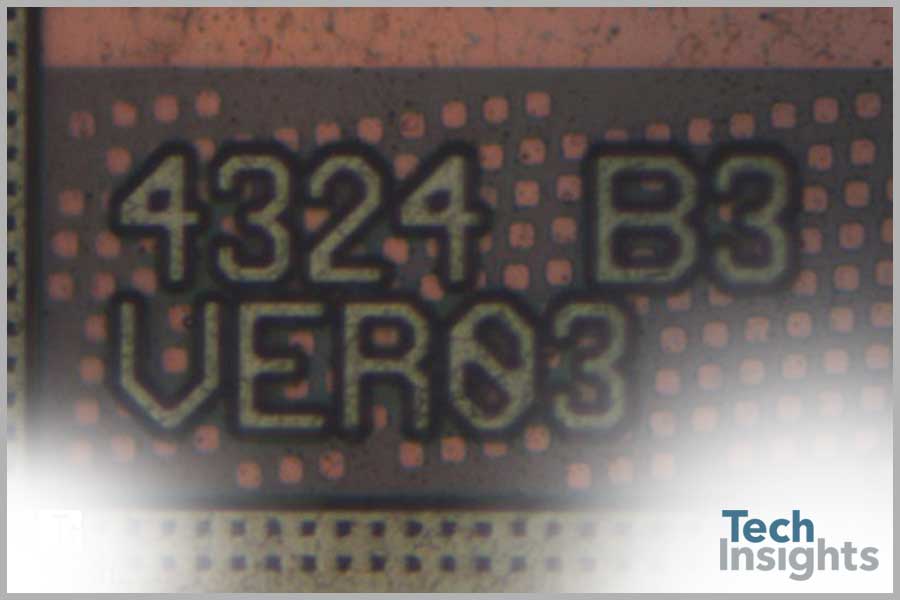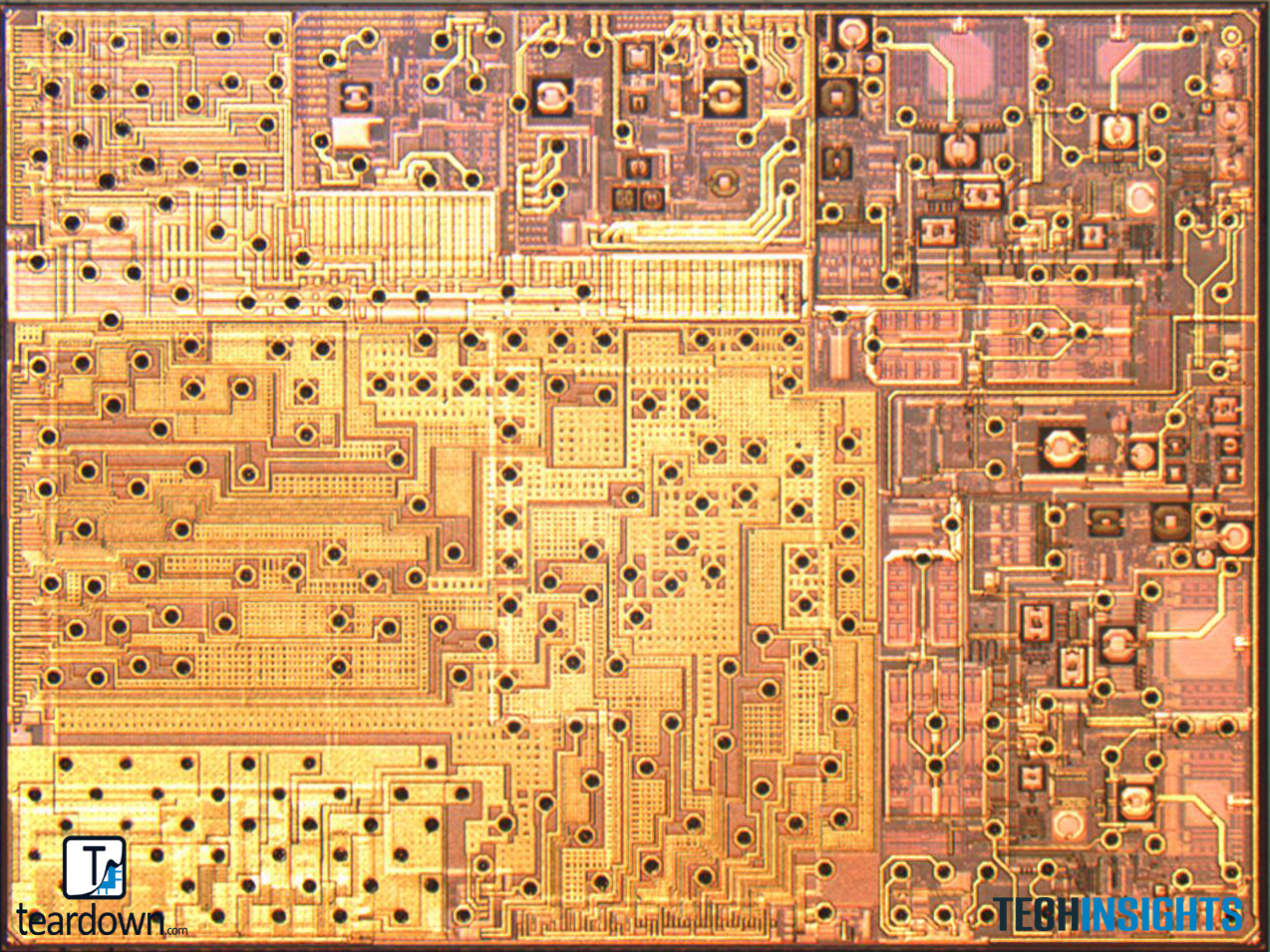Posted: November 1, 2013
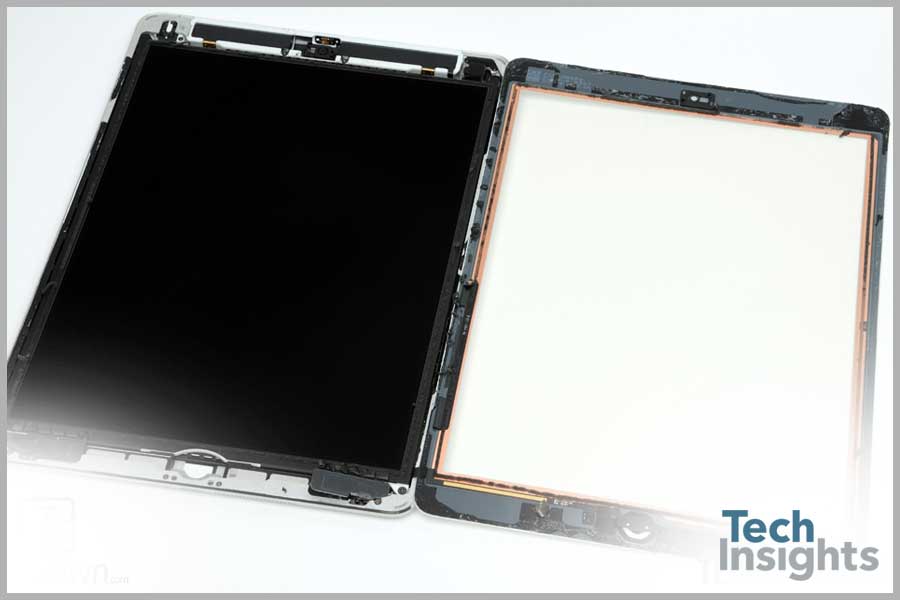
Inside
On October 23, 2013, Apple announced the newest iPad, the iPad Air. Since the announcement, we at TechInsights have been anxiously waiting for the opportunity to get our hands on the device. Well that moment has finally arrived.
Apple reportedly reached $37.5 billion of revenue in the final quarter of the year, which was the first time this fiscal year that Apple recorded a revenue increase. That being said, Apple’s iPad product revenue still slipped 3% compared to last quarter, which made it the 3rd consecutive quarterly revenue drop of this fiscal year. As it currently stands, the new generation iPad Air and iPad Mini will play a key role in pushing Apple’s product line revenue back on track. Easier said than done. Even for Apple.
Despite swimming atop a sea of fierce competitors in what is already a crowded tablet market, it is imperative that the iPad Air features at least a couple new innovations. It does have that - it's the lightest and thinnest iPad so far, at a pound in weight, and with 14 bands, the LTE version can be used in more countries than ever before. And the antennas are doubled up to give better wireless performance in both WiFi and LTE. AnandTech rated it as "the most significant upgrade to the iPad in its history."
Board Shots
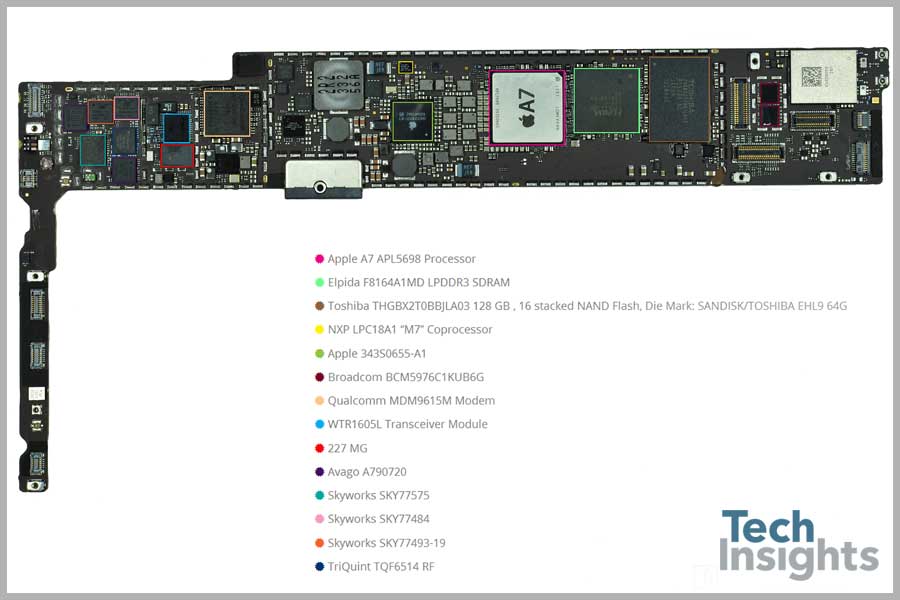
Board Shots
Apple iPad Air Costing
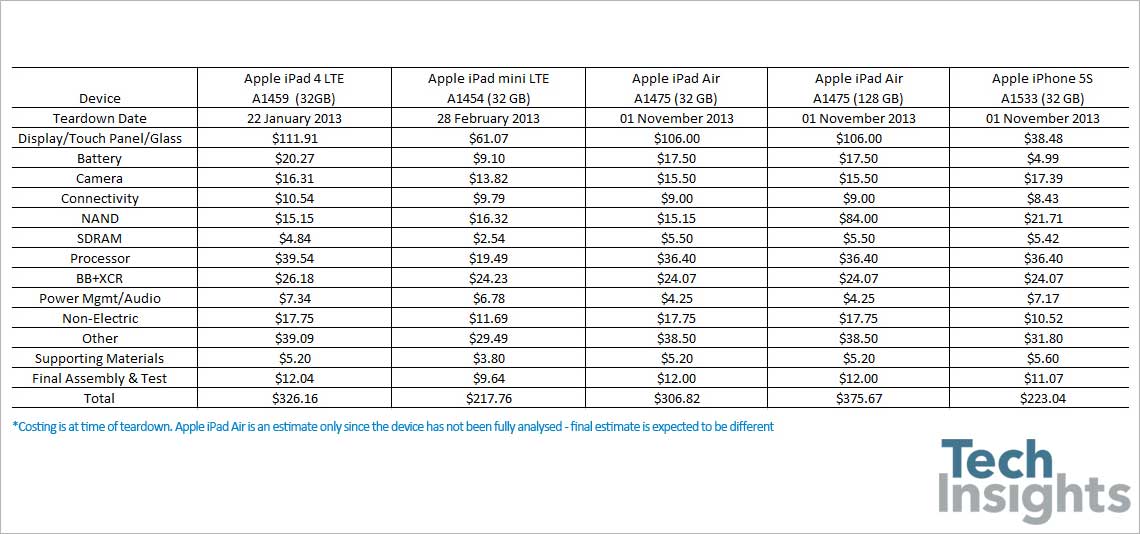
Apple iPad Air Costing
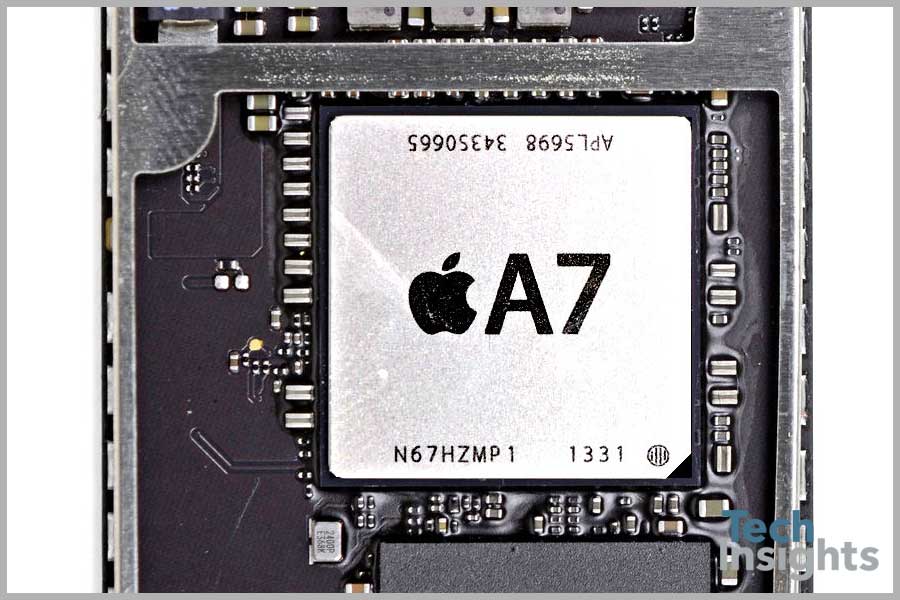
A7 Processor
The A7 Processor
The package markings on the A7 inside the iPhone 5s were APL0698. We were expecting the same markings inside the iPad Air. But like our friends at iFixit helped us point out, the markings on the A7 inside the iPad Air are APL5698. We thought that this could be a new layout on a Samsung foundry or it could be an existing design on a new foundry. But we have confirmed it to be the same die, the only difference is the package markings. The renaming could be because the iPad version is reported to be running at 1.4GHz rather than the 1.3 Ghz of the iPhone 5S, or the chip-on-board mounting used in the Ipad could mean a different pin-out to talk to the Elpida memory next door. It's quite a hefty heat sink on the chip, so it's definitely running warmer.
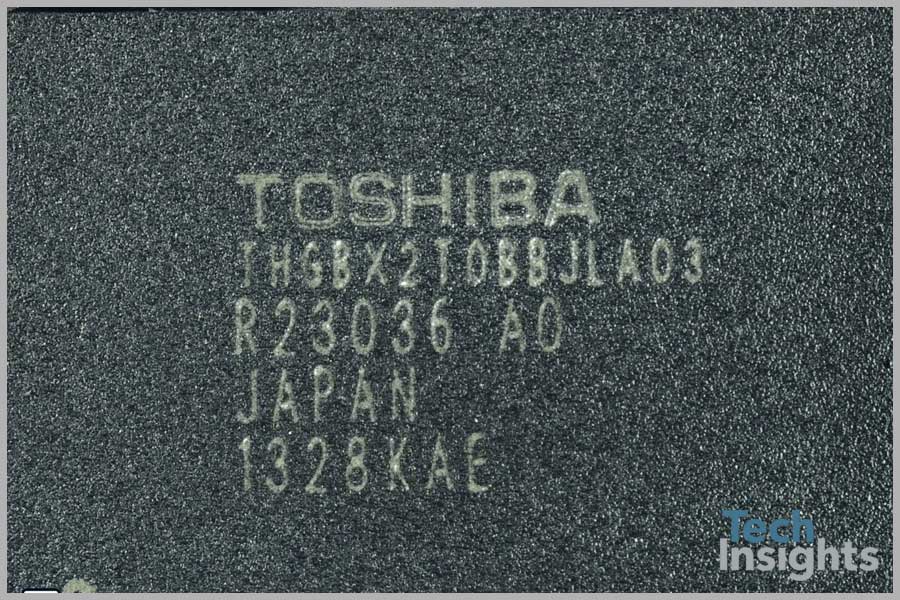
Toshiba THGBX2T0BBJLA03
Flash Design Win
Toshiba THGBX2T0BBJLA03 128 GB , 16 stacked NAND Flash, Die Mark: SANDISK/TOSHIBA EHL9 64G
The iPad Air uses a Toshiba THGBX2T0BBJLA03 packaged NAND flash device to achieve 128 GB of Solid State memory. A remarkable 16 dice are stacked withinthe package, each holding 64 Gigabits of NAND memory. A flash controller is co-packaged underneath the memory. The packaging strategy divides the memory devices intofour sets of four chips. The dice are offset in each group of four, much the way playing cards are held. A series of four serial wire bonds parallel connects the dice pins together. The next group of four dice is then rotated one hundred and eighty degrees and wire bonded on the opposite side of the package. This technique reduces congestion of the wire bonds.
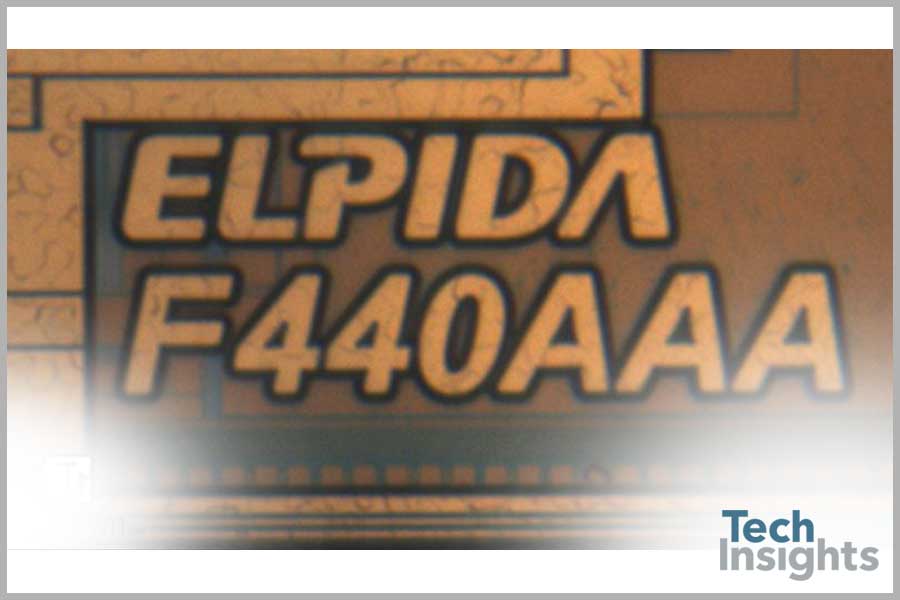
Elpida LPDDR3
DRAM Design Win Elpida LPDDR3
Although Elpida’s published part decoder doesn’t include LPDDR3 devices, the ‘F’ prefix should indicate the product family as LPDDR3 (a ‘B’ would indicate LPDDR2). The remainder of the number confirms the use of 4 Gb chips - with two chips in the memory package. The same die-marking was found on the DRAM of the Apple iPhone 5s.
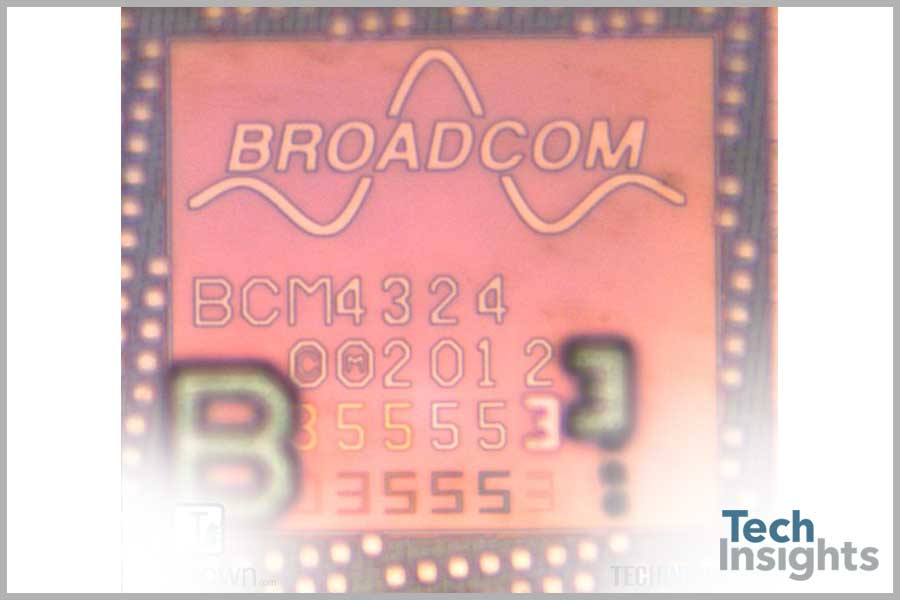
Broadcom BCM4324
Combo Radio Design Win Broadcom BCM4324
A new Broadcom combo radio is found in the iPad Air, the Broadcom BCM4324 which features Wifi MIMO and dual antenna capability. This is the next evolution of the extremely successful Broadcom BCM43xx series of combo-radios. The iPhone 5s released in September used a different combo-radio; the BCM43342.





